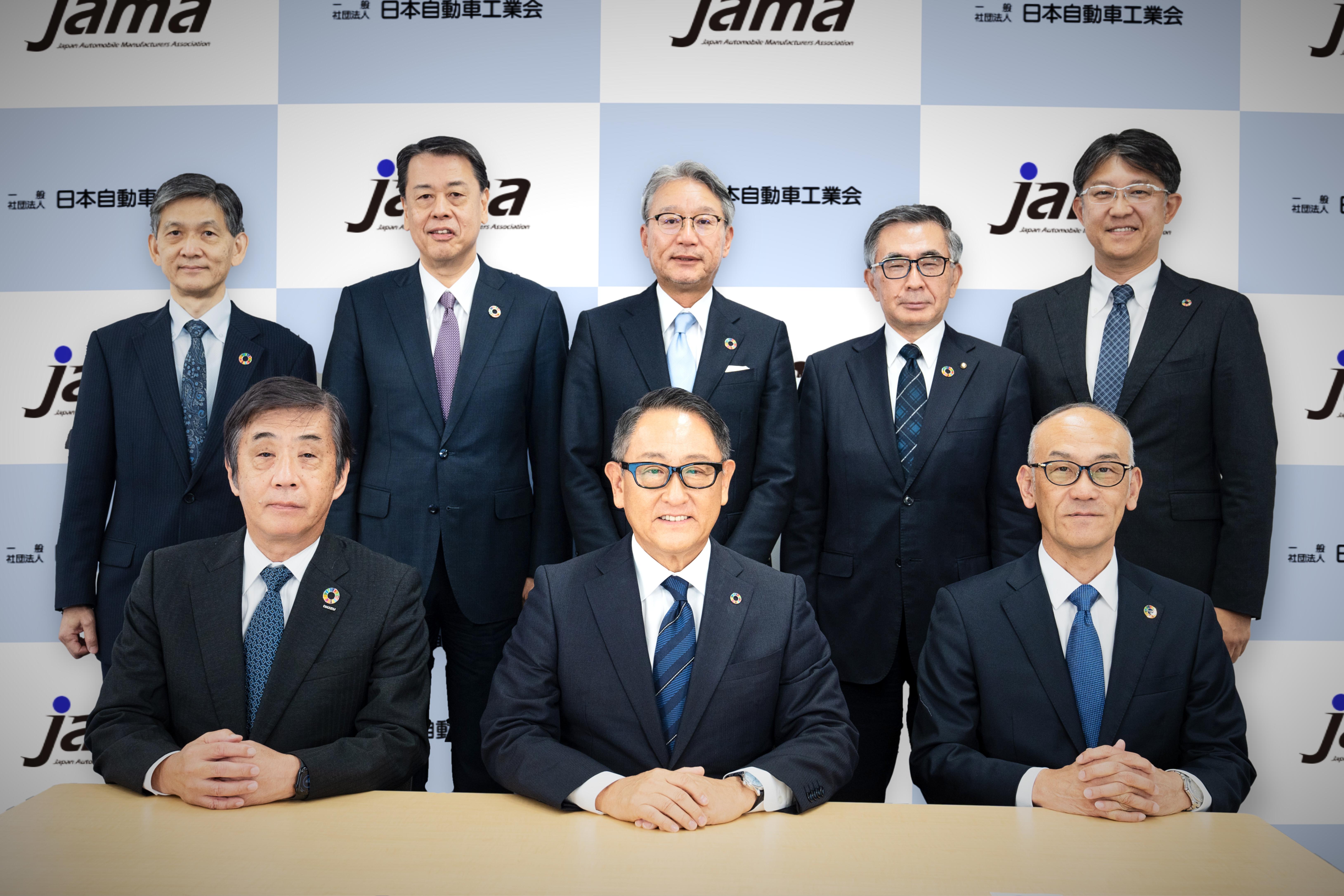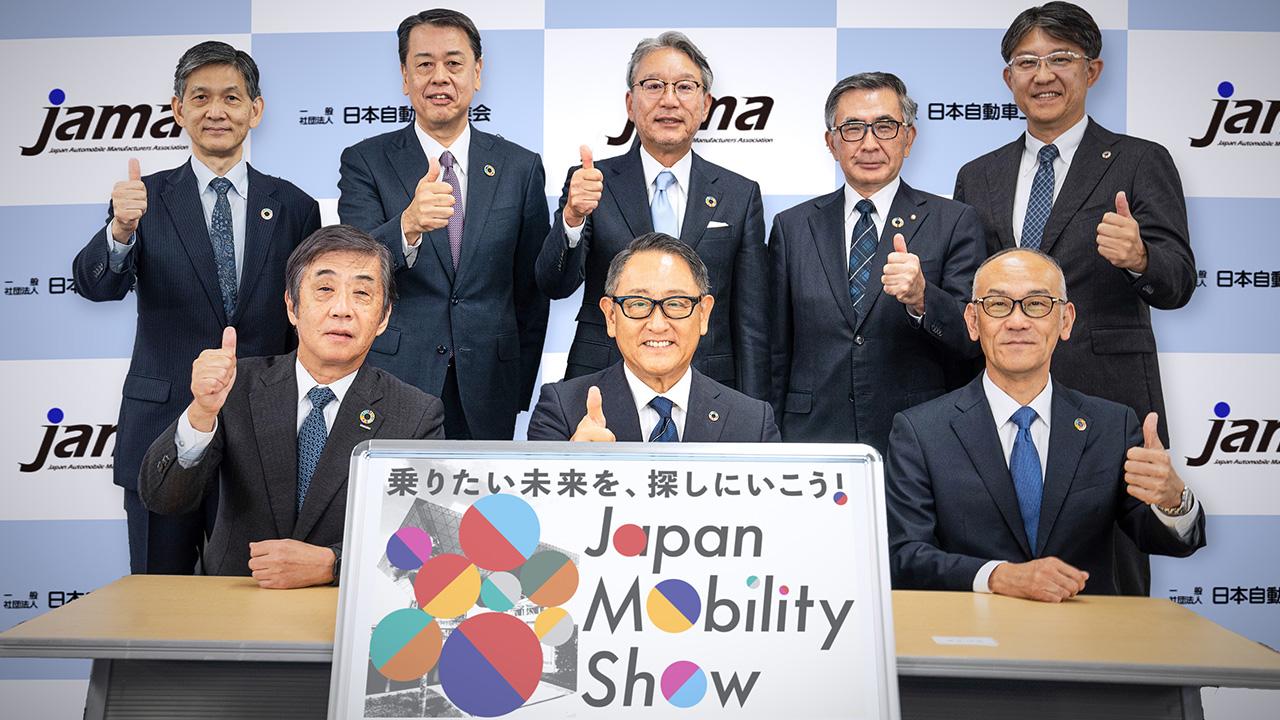
As the auto industry undergoes a once-in-a-century transformation, JAMA has a shared ambition to create a vibrant future for Japan.
Confronting challenges with cooperation
Reporters asked about the various challenges facing the auto industry, including the 2024 problem in logistics, soaring resource prices, and car electrification.
Clarifying areas of competition and cooperation, the responses reiterated JAMA’s position while also providing specific initiatives for tackling each challenge. Chairman Toyoda began by addressing the area of logistics.
Chairman Toyoda (Toyota)
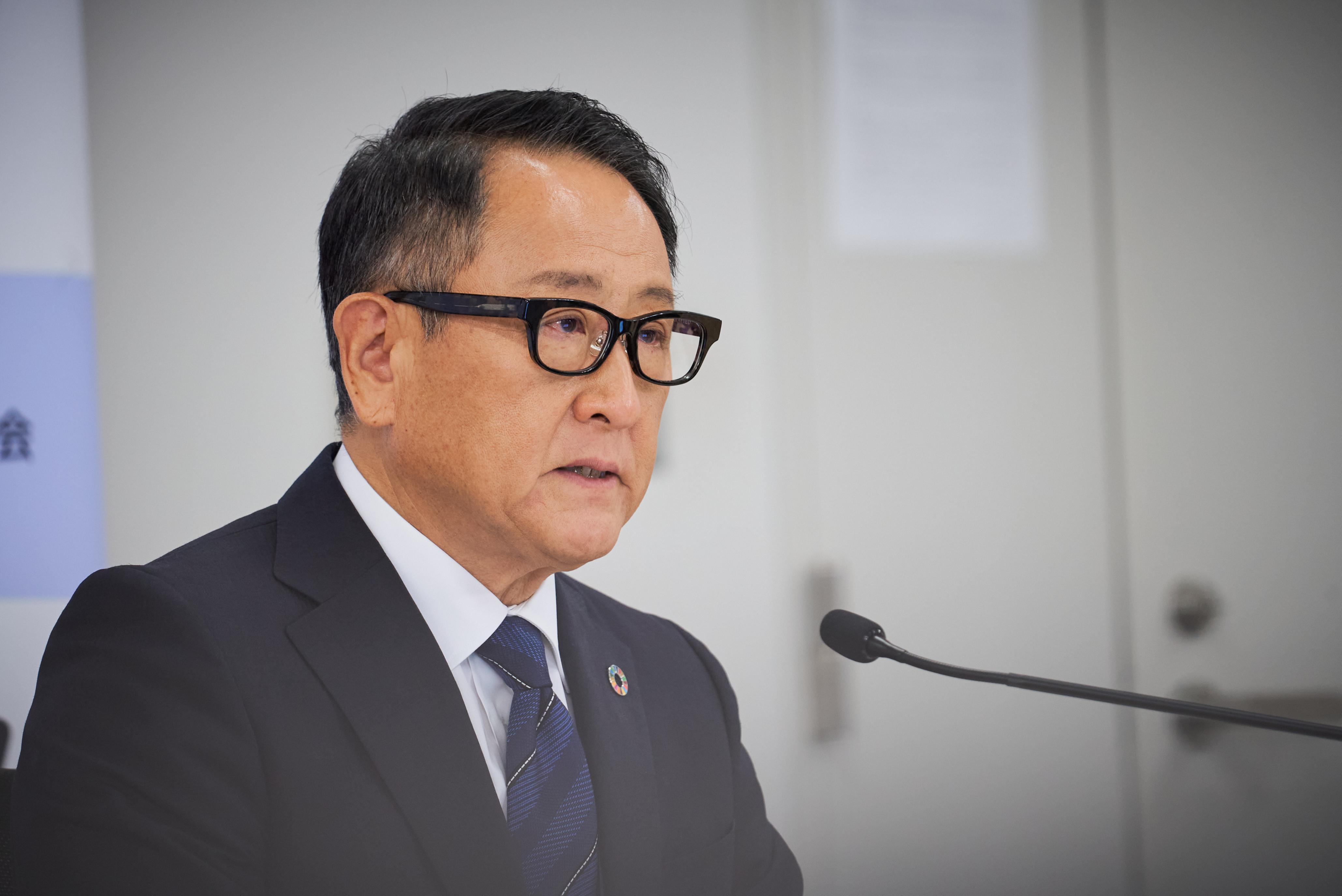
We discussed the importance of the logistics and commercial sectors at our earlier board meeting, also touching on the topic of Hino’s involvement in CJPT (Commercial Japan Partnership Technologies).
In light of the company’s sincere efforts to regain trust, along with public recognition of these efforts, we decided that Hino’s support is indispensable in tackling carbon neutrality and logistics issues.
Although this was not a matter for resolution (by JAMA), it has been unanimously endorsed by the JAMA board, and I am pleased to report that Hino will be returning to CJPT. While continuing its efforts to regain trust, we hope that Hino will help strengthen the competitiveness of Japan’s logistics and commercial vehicle sectors through CJPT.
Vice Chairman Masanori Katayama (Isuzu)
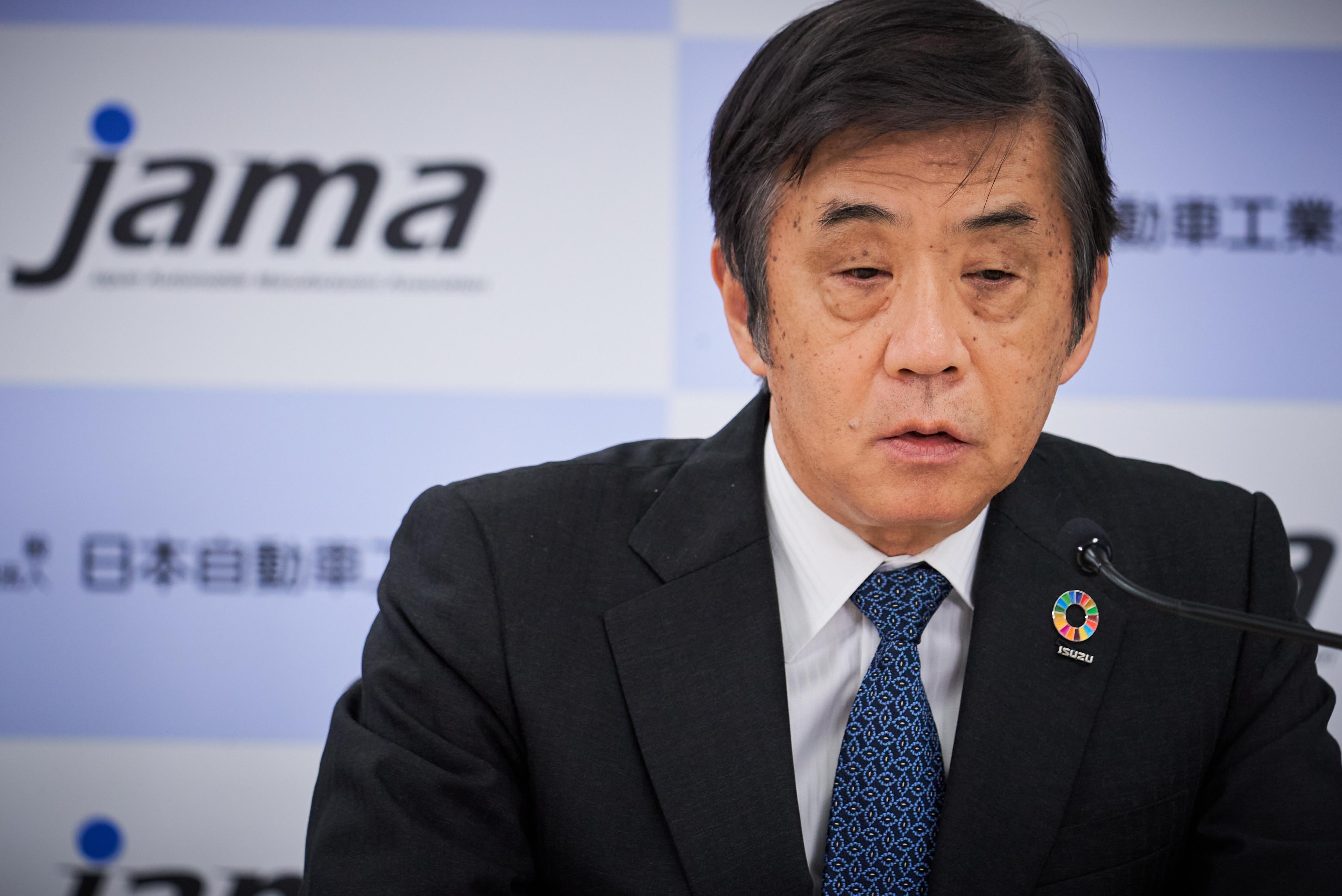
Expanding areas of cooperation between the four commercial vehicle companies has become critical in the heavy-duty vehicle sector.
The 2024 problem (in logistics) is a significant issue for society. We must be prepared for severe driver shortages to continue in 2024 and beyond.
I believe this problem can only be solved with sustainable measures taken across society as a whole.
One aspect of that is government-led action, for example bt improving logistics efficiency on expressways, testing autonomous driving on set sections, and addressing issues with speed regulations. We cannot sacrifice safety for the sake of logistics efficiency, which is why the four companies are acting with one voice and cooperating with safety as our top priority.
The second is empowering women to play a more active role. Various efforts are underway to make the sector more attractive to women, not least by making vehicles better suited for female drivers to encourage them into the profession.
Collaboration and areas of cooperation will need to expand even further (to tackle challenges such as carbon neutrality).
He also spoke about joint transportation.
Vice Chairman Katayama (Isuzu)
In terms of logistics efficiency, the overall efficiency of trucks averages below 50%.
In addition, although this is an area of competition, all the companies agree on expanding the lineup of trucks that can be driven with a standard license. Having identified these challenges, I believe we now need even greater cooperation.
Vice Chairman Toshihiro Suzuki had this to say about surging materials prices.
Vice Chairman Suzuki (Suzuki)
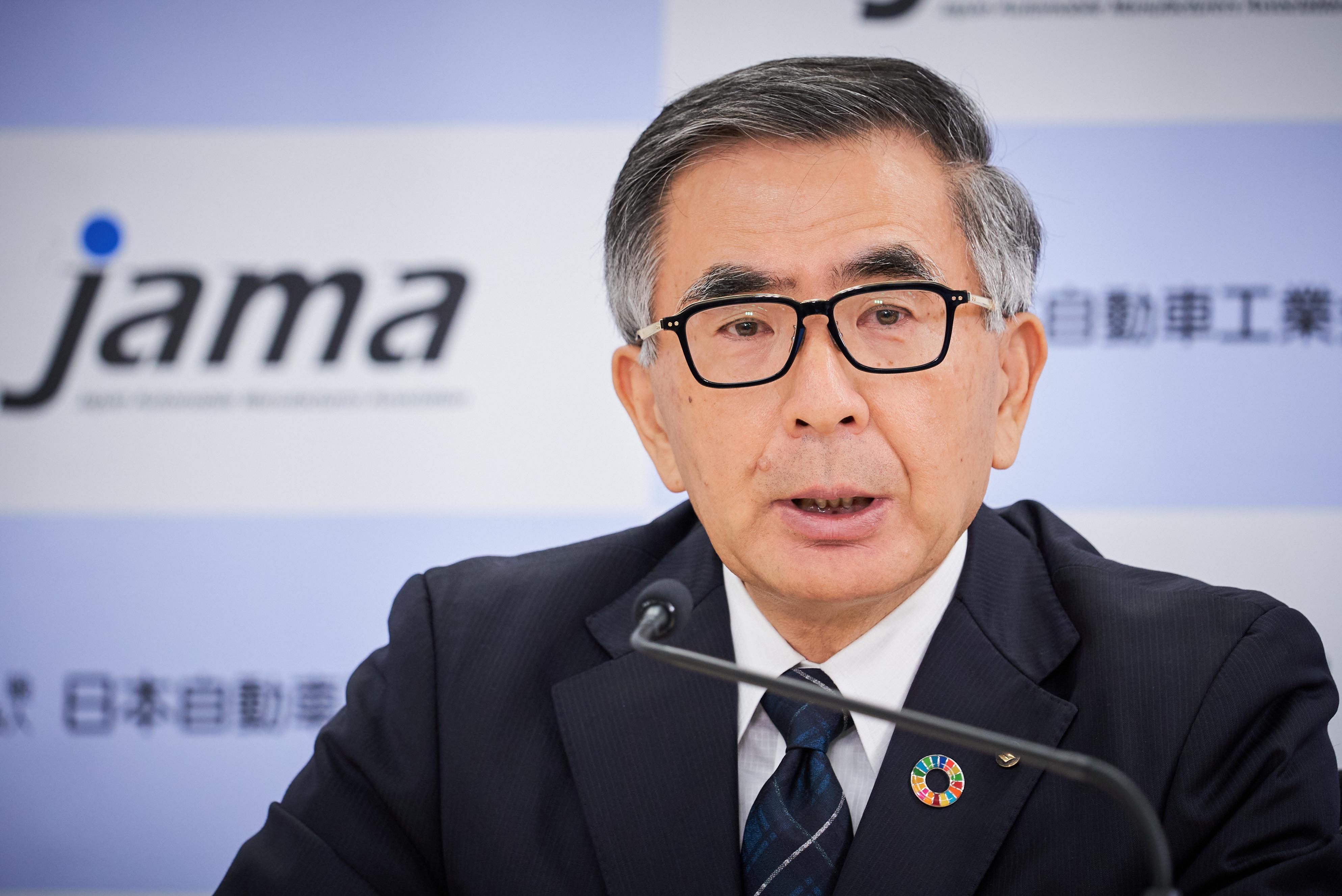
As a core industry that creates 5.5 million jobs, to continue supporting Japan, we must work diligently with business partners and smaller companies to optimize prices.
Despite the difficulty of making inroads (on account of the large number of companies involved), I believe such steadfast efforts are truly vital.
We are organizing seminars to help us reach every corner of the supply chain and, by expanding our network to organizations involved in the sector, will strive to ensure that the auto industry can lead the way forward.
Next, the JAMA representatives were asked about making Japan's auto industry more globally competitive, including the shift to battery electric vehicles (BEVs).
Vice Chairman Koji Sato (Toyota)
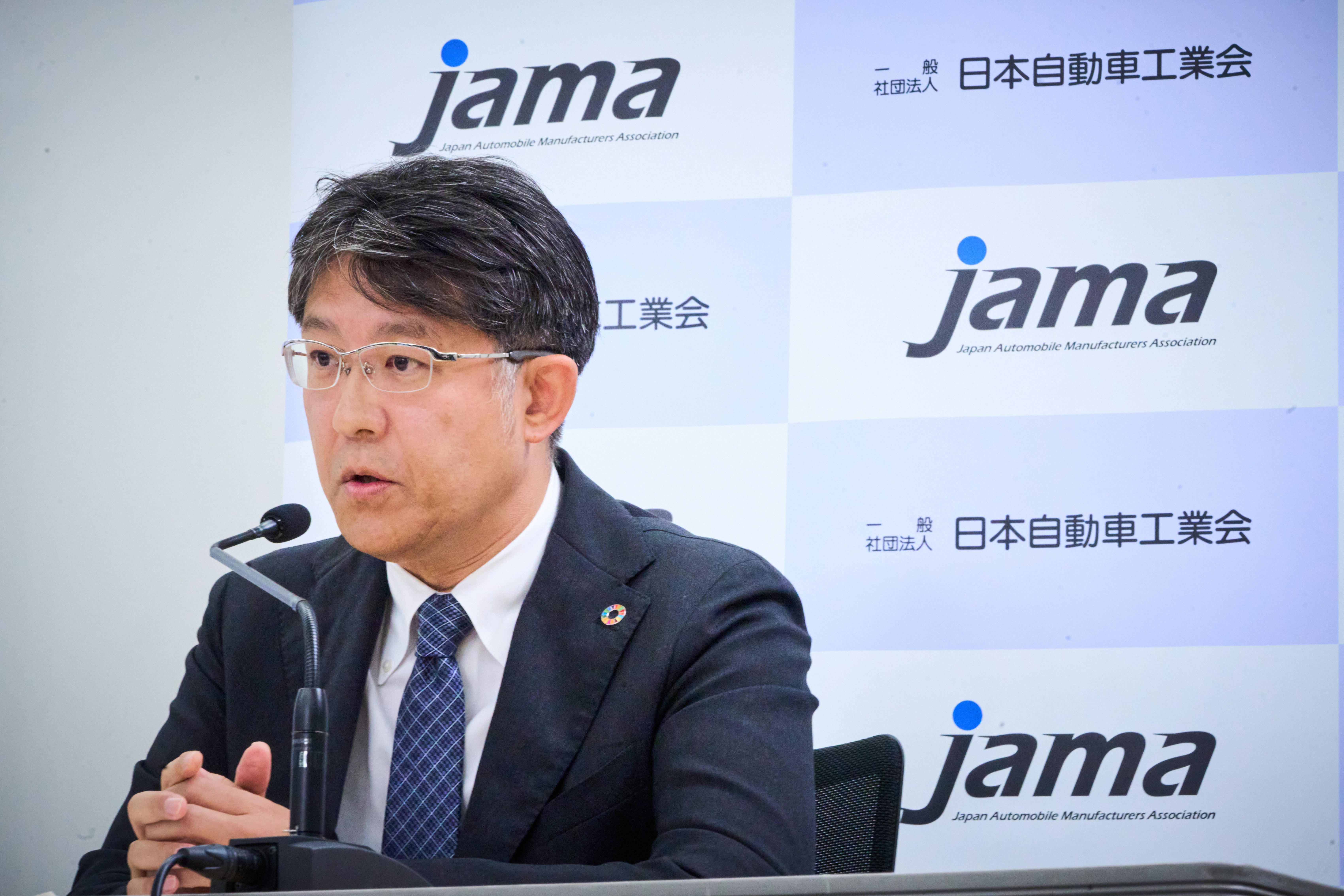
First, I think it’s important that we move the economy by making attractive products that captivate customers. (From there), it’s crucial that we take a step back from the automobile framework and make reforms, evolving and developing into a mobility industry.
In considering our development into a mobility industry, we will need to create an environment to conduct business under a single framework that brings together all areas, from logistics to sales and service.
We believe that a three-pronged approach is essential, involving government and public agencies, and going beyond the auto industry to create collaborations with many other sectors through discussions with members of Keidanren's Committee on Mobility.
As symbolized by the theme of the Japan Mobility Show—“Discover a future you can’t wait to navigate!”—the future of automobiles won’t be made through regulations or external pressure, but by joining with others to figure out the future that we want to create, and moving towards it.
Ultimately, this will be a powerful driving force in maintaining our competitiveness.
Vice Chairman Toshihiro Mibe added the following comment.
Vice Chairman Mibe (Honda)
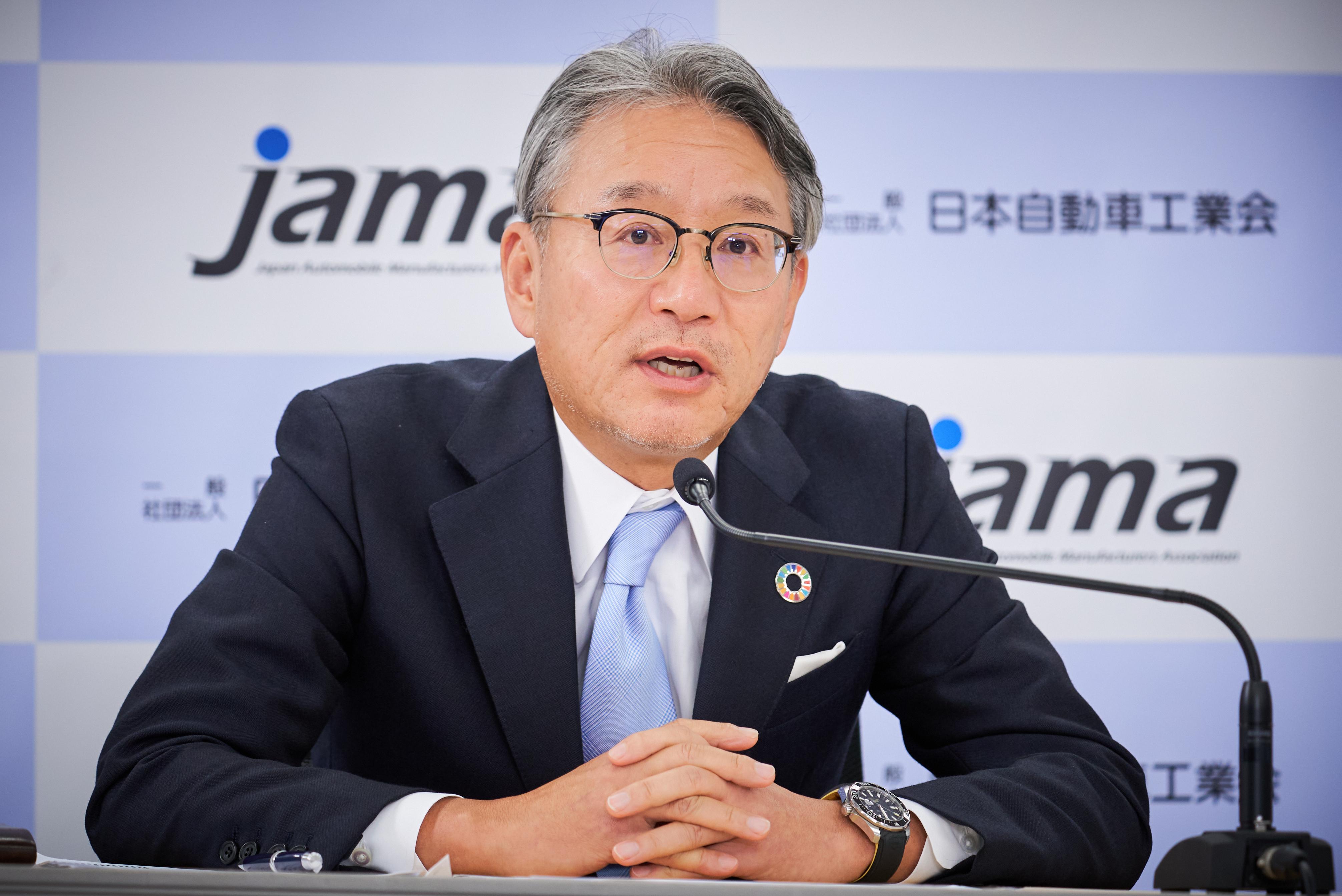
Competitiveness in electrification is a vast topic entailing not just finished vehicles, but also batteries, the value chain, and supply chains.
Given the difficulty of encompassing everything within Japan, the competitiveness of our mobility industry will hinge on how well we can connect these factors on a global scale.
While the challenge is incredibly complex, JAMA has defined this as an area of cooperation and discussed a joint public-private approach to boosting our global competitiveness.
Without competitiveness in this area, Japan's mobility industry has no future, so the only way for us is to move forward.
For the future of mobility
The session also touched on the topic of appointing the next JAMA chairman, and the association’s cooperative team structure.
Vice Chairman Yoshihiro Hidaka (Yamaha)
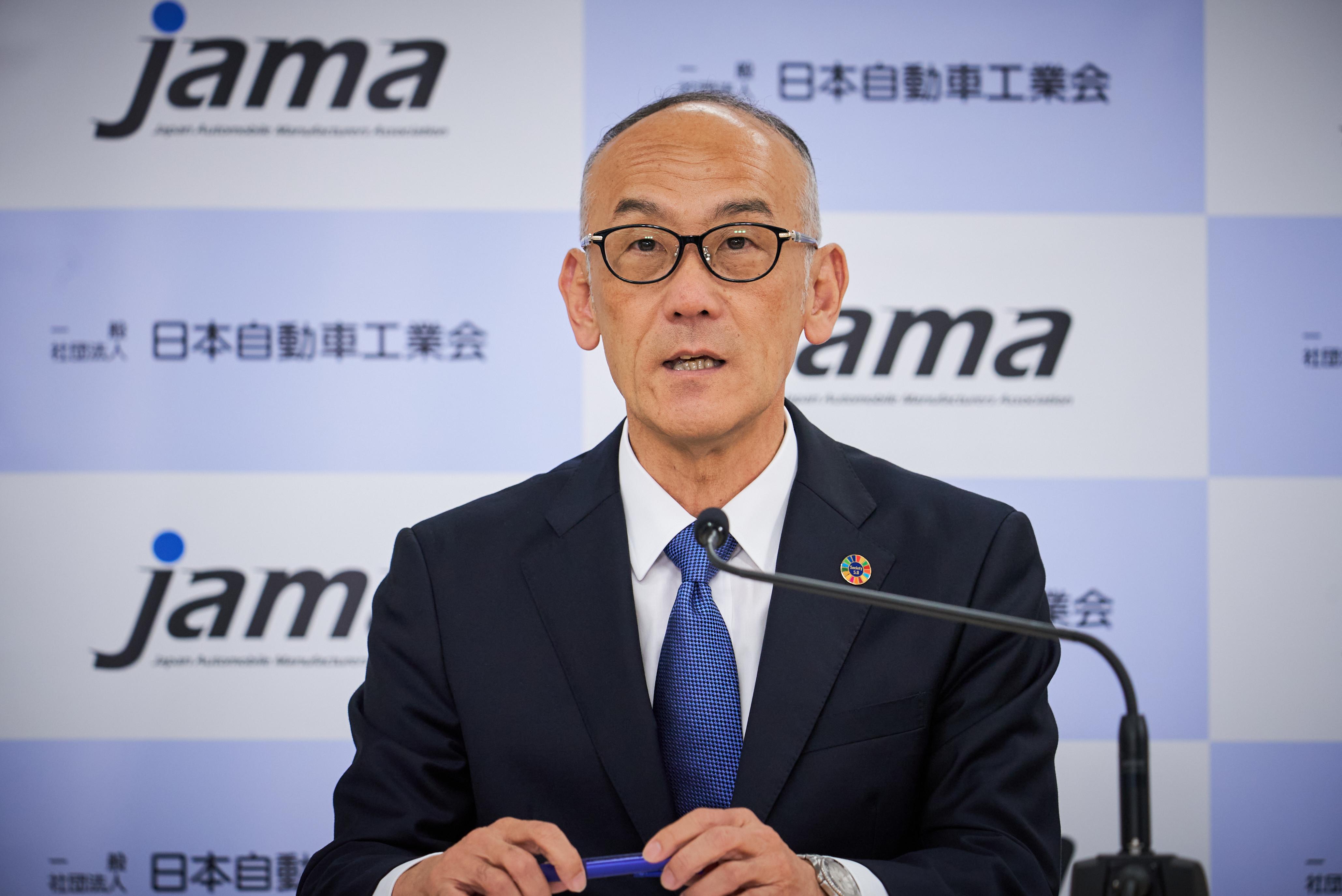
Creating a team structure in which the chairman and vice chairmen work as one is essential for ensuring that JAMA can keep contributing to Japan’s economy even as the chairman changes.
Before asking who the next chairman will be, we believe discussing what they will do is crucial.
I believe that engaging in this discussion will shape our next leadership structure and lead to further transformations at JAMA. We will notify you when we are able to announce the team’s next configuration.
As in past press conferences, JAMA once again presented a united front, emphasizing that the future of mobility will be created not by any individual, but as a team.
“Discover a future you can’t wait to navigate!”
We hope you will continue to follow JAMA’s efforts through the Japan Mobility Show and beyond, as the association seeks to create Japan’s future.
